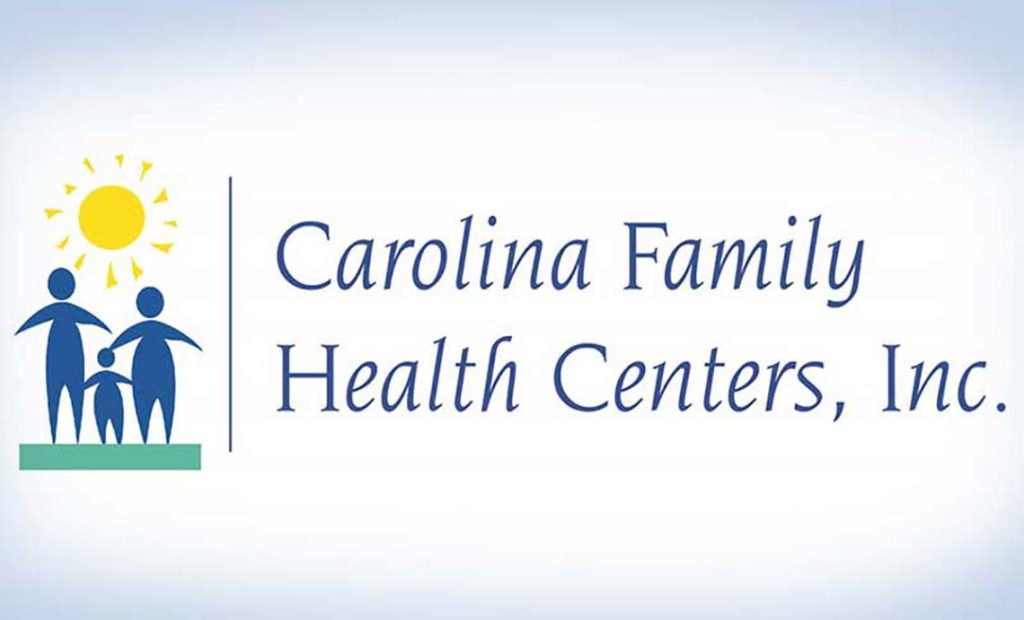Reading Time: 3 minutes
Carolina Family Health Centers, Inc. (CFHC) provides affordable, high-quality health care services in Edgecombe, Nash, and Wilson counties in Eastern North Carolina. Through four centers, it offers a comprehensive scope of medical, dental, pharmaceutical, and behavioral health services to thousands of uninsured, the working poor, and those who are unemployed or underemployed.
In order to serve their community effectively, CFHC’s finance team manages revenue from programs and services, as well as a dozen different public and private grantors – each with its own stipulations regarding how the money is spent and reported.
Their HR team also manages nearly 200 staff members at its four centers. So how does true fund accounting™ help soothe their pains?
Pain Point #1: Managing multiple grants, revenue, and diverse reporting requirements
The finance team at Carolina Family Health Centers, Inc. manages revenue from programs and services, as well as a dozen different public and private grantors – each with its own stipulations regarding how the money is spent and reported.
With 70 percent of CFHC’s income coming from programs and services; patients pay on a sliding scale, based on ability. And, because community health centers like CFHC play such a crucial role in the nation’s health care system, they also typically receive income from state and federal grants. CFHC currently manages 12 grants from government organizations, such as Health and Human Services and the United States Department of Agriculture, as well as private grantors, including Kate B. Reynolds Charitable Trust.
Here’s how true fund accounting™ helped: It enables the finance team to create the structure and segments that reflect exactly how the organization works. According to Kimberly Terry, Director of Finance:
“With MIP, we can create segments to allocate and track grant money across multiple programs and fiscal years,” explains Kimberly Terry, CFHC Director of Finance. “You have to understand the full capabilities of what MIP can do to get the most benefit out of it. Because, when you set up the system to do exactly what you need it to do – for example, categorize programs and funding sources using segments – it makes tracking and reporting much easier in the long run. It’s all about the input.”
And, with countless stakeholders – from internal program directors, to the board, to state and federal grantors – financial reporting can be time consuming and complex. “We generate and send reports monthly, quarterly, annually, depending on the stakeholder,” says Terry.
Pain Point #2: Streamline HR work and eliminate costly duplicate entry
The CHFC HR team had separate issues to face:
- Entering payroll information into the accounting system and then having to re-enter it into their payroll system
- Employees had to manually swipe a timeclock and calculate hours worked
- Creating and tracking work schedules, benefit elections, and employees was a more manual process
Here’s how a true fund accounting™ system helped:
Along with MIP Accounting™, the CFHC implemented several human resource management modules including Payroll, HR, and Employee Web Services (EWS). The modules streamline human resource management and save the team valuable time. According to Terry:
“EWS, in particular, was a game changer for us. Because before, all employees had to swipe their personal card at a time clock to log their hours. Then, we had to print out the time clock logs, manually calculate hours worked, then get each employee and his or her manager to sign off on the calculations. We were doing this for 140 employees.
“With EWS, employees now log their hours in the system and supervisors approve them online. There’s no manual entry required, and the data is automatically shared with MIP,” says Terry. “EWS saves the Payroll team a day and a half worth of time every single pay period. EWS allows mileage reimbursements to be entered as well, to be paid through payroll.”
The HR modules have also helped CFHC streamline the management of work scheduling, giving supervisors visibility into clinic-by-clinic coverage, and benefit elections and tracking. In addition, the team has integrated Aatrix, which automatically pulls data from MIP Accounting™ for e-filing tax forms, including W2s and 1099s, and ACA reports. “The system has grown with us,” concludes Terry. “We’ve been able to add segments and modules as needed.”
If these pains sound familiar, you can see you’re not alone! Read the entire customer success story from CFHC online here.
Learn more about how MIP Accounting™ can boost productivity and help your nonprofit, just like it did for Carolina Family Health Centers, Inc.




